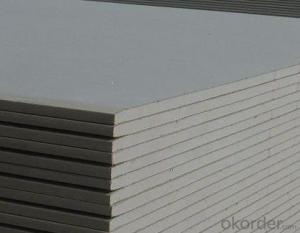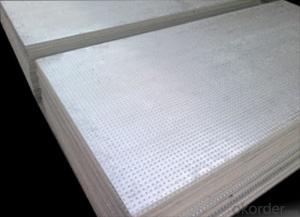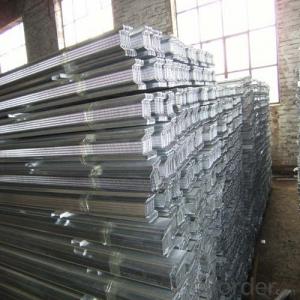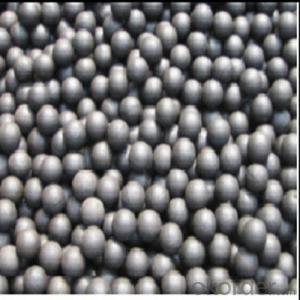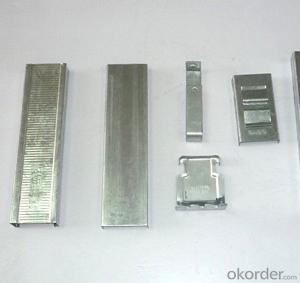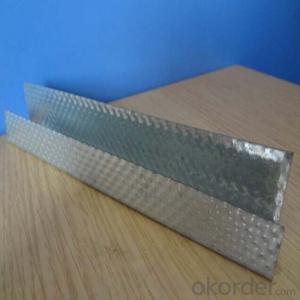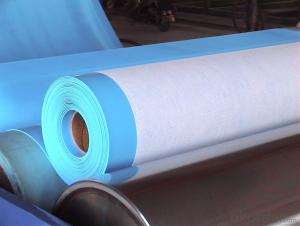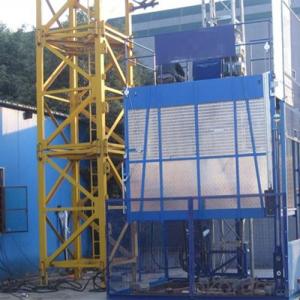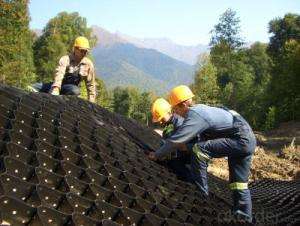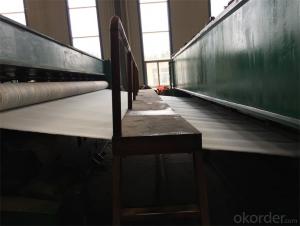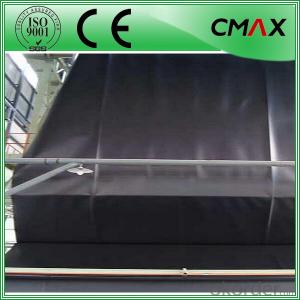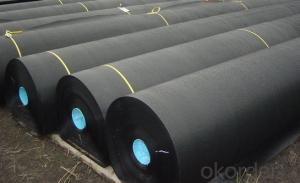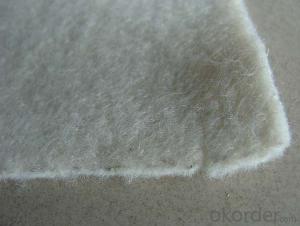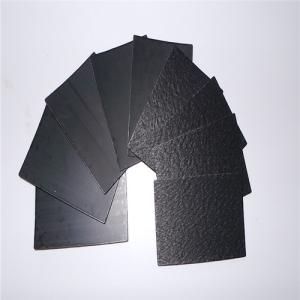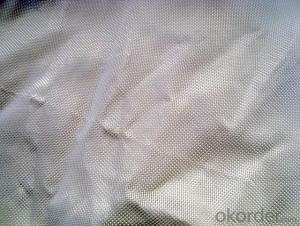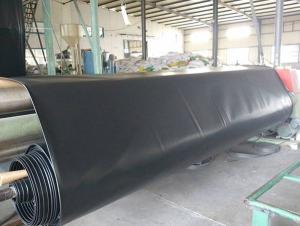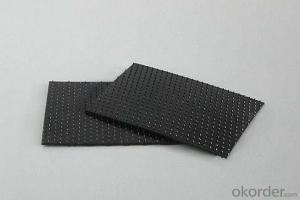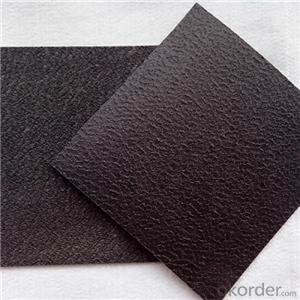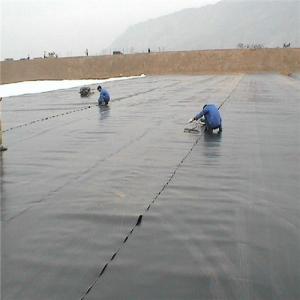Geomembrane In Road Construction
Geomembrane In Road Construction Related Searches
Best Stainless Steel For Knives Primer For Galvanized Steel H S Code For Stainless Steel Wd 40 For Stainless Steel Spray Paint For Stainless Steel Glue For Stainless Steel Drill Bits For Stainless Steel Spray For Stainless Steel Welder For Stainless Steel Magnets For Stainless SteelHot Searches
Used Foam Board Insulation For Sale Bags Of Cement For Sale Types Of Temporary Side Panels For Cement Deck Magnesium Oxide Board For Sale Hdf Board For Sale sintra board for sale Construction Staging For Sale Fiber Sheet Price In India Gypsum Board Price Per Sheet In India Fiber Roofing Sheets Price In Pakistan Types Of Scaffolding In Construction Pdf Types Of Formwork In Construction Plastic Fiber Sheet Price 5 8 Type X Gypsum Board Price Gypsum Board Price Per Sheet Twin Wall Polycarbonate Sheet Price Hardiflex Fiber Cement Board Price Gypsum Board Partition Wall Price India Extruded Polystyrene Insulation Board Price Polyurethane Insulation Board PriceGeomembrane In Road Construction Supplier & Manufacturer from China
Okorder.com is a professional Geomembrane In Road Construction supplier & manufacturer, offers integrated one-stop services including real-time quoting and online cargo tracking. We are funded by CNBM Group, a Fortune 500 enterprise and the largest Geomembrane In Road Construction firm in China.Hot Products
FAQ
- No, geomembranes are not suitable for decorative purposes. They are primarily used for containment, environmental protection, and water management applications.
- nan
- "Diamond film" The name is really outdated because the market is disturbed. when this concept emerged, it has water prevent functions. Later on, the lens prices are getting lower and lower and the quality is getting bad.
- Yes, geomembranes can be used in wastewater treatment lagoon covers. Geomembranes are often used as impermeable liners or covers to prevent the leakage of wastewater from lagoons. They provide a barrier to contain the wastewater and protect the surrounding environment from contamination. Additionally, geomembranes help to minimize evaporation and control odors in wastewater treatment lagoons.
- Geomembranes improve the durability of hydraulic structures by providing a protective barrier against water infiltration and chemical degradation. They act as a reliable waterproofing solution, preventing leaks and seepage that could compromise the structural integrity of the hydraulic system. Additionally, geomembranes offer resistance to UV radiation, punctures, and abrasion, enhancing the lifespan and longevity of the hydraulic structures.
- nan
- 1. Folding membrane switch. It is usually printed the pattern symmetrical in the upper and lower circuit on the same side of the membrane, and folded along the graphical symmetry axis to form the upper and lower circuit which constitutes corresponding contact of a set of switches keyboard under the action of the spacer layer. This is called folding circuit. 2. Double-plate membrane switch. It is printed two contacts of a set of switches, and wires and leads of the switch contact on two membranes respectively, constituting the upper and lower circuit of the switch. The double-chip circuit, for its lead is not folded, overcomes some of the defect of the folding circuit.
- nan
- They are easy to use. It is hard to block the apertures of geotextiles because the net?structure of geotextiles has excellent adaptability and movability. So geotextiles have good water permeability. They can form drainage channels inside the soil mass. Impervious geotextiles have excellent water permeability, filterability and durability. They are widely used to construct railways, highways, stadiums, dams, water conservancy facilities, tunnels, coastal mud flats and for environmental protection. Geotextiles can be divided into two categories, namely the staple fiber acupuncture non-woven geotextile and film yarn woven geotextile. Geotextiles have excellent breathability, water?permeability, acid resistance, alkali resistance, worm resistance and oxidation resistance. Geotextiles can improve the strength of extension and deformation resistance, efficiently disperse, transfer or resolve the concentrated stress to protect the soil mass from damage of external force. So they can improve the stability of the buildings and the quality of soil mass. Geotextiles can be divided into three categories according to craft, namely the filament geotextile, woven geotextile and singeing geotextile.
- Yes, geomembranes are suitable for use in wildlife habitat restoration projects. These impermeable liners act as barriers, preventing contaminants from leaching into the soil and water, which helps maintain a clean and healthy habitat for wildlife. Geomembranes also provide erosion control, stabilize slopes, and can be used to create ponds or wetlands that support various species.
- Geomembranes have certain limitations when used in acidic environments. One major limitation is their susceptibility to chemical degradation and reduced lifespan. Acidic environments can cause the geomembrane to deteriorate rapidly, resulting in leaks and reduced effectiveness as a barrier. Additionally, geomembranes may not be able to withstand the high levels of acidity, leading to physical damage and compromised performance. Therefore, careful consideration and proper selection of materials are necessary when using geomembranes in acidic environments.
